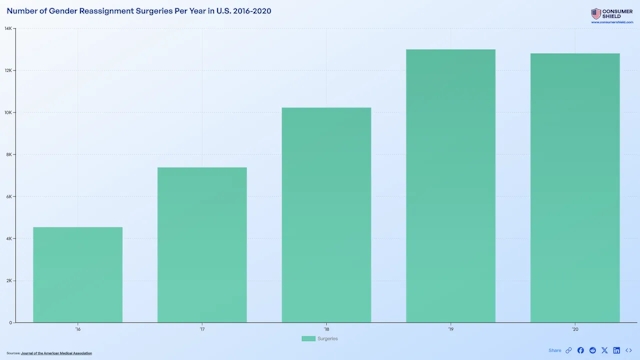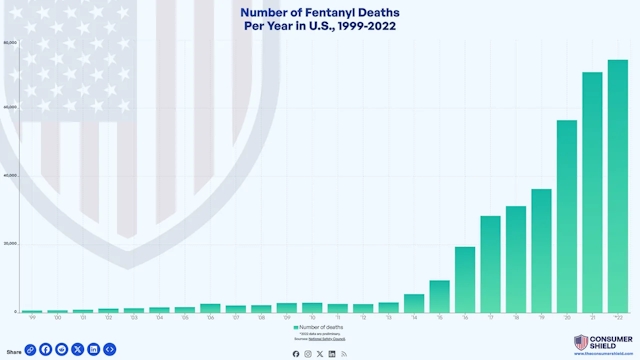The Burden of Waterborne Diseases in the United States
Waterborne diseases pose a significant burden on public health, resulting in illnesses, emergency department visits, hospitalizations, and even deaths. According to the Centers for Disease Control and Prevention (CDC), an estimated 7.15 million illnesses were caused by 17 waterborne pathogens in the United States in 2014 alone. These illnesses led to 601,000 emergency department visits, 118,000 hospitalizations, and tragically, 6,630 deaths. The direct healthcare costs for these hospitalizations and emergency department visits amounted to a staggering $3.33 billion.
Common Contaminated Water Diseases
Waterborne diseases can be caused by various pathogens, including bacteria, parasites, and viruses. Understanding which waterborne pathogens are responsible for the most diseases is crucial for effective disease prevention and mitigation efforts. CDC has identified several common waterborne diseases in the United States, including:
- Campylobacteriosis: This bacterial infection is often caused by consuming contaminated water or food. It can lead to symptoms such as diarrhea, abdominal pain, and fever.
- Cryptosporidiosis: Cryptosporidium, a parasite, is a common cause of waterborne disease outbreaks in the United States. It can cause severe diarrhea, stomach cramps, and dehydration.
- Giardiasis: The Giardia parasite is responsible for this intestinal infection. Symptoms may include diarrhea, nausea, and abdominal pain.
- Legionnaires' disease: Legionella bacteria, typically found in water systems such as plumbing, can cause severe pneumonia-like symptoms.
- Norovirus: Norovirus is highly contagious and can spread through contaminated water or food. It leads to symptoms such as vomiting, diarrhea, and stomach cramps.
Private Wells and Water Testing
Unlike public drinking water supplies regulated by the Environmental Protection Agency (EPA), private wells are the responsibility of their owners. Private well owners must take proactive measures to ensure the safety of their drinking water. Regular testing is essential to identify potential issues and protect against waterborne diseases.
If you own a private well, it is recommended to test your water at least once a year. This testing should cover mechanical problems, cleanliness, coliform bacteria, nitrates, and any other germs or chemicals of local concern. Additionally, it is crucial to check your well after flooding or if you suspect any changes in taste or smell. Wells can become contaminated with germs and chemicals during flooding, especially if they are shallow, dug or bored, or covered by flood water for an extended period.
The Role of Chemical Exposure Lawsuits
Chemical exposure lawsuits, such as the AFFF firefighter lawsuit related to PFAS contamination and the Camp Lejeune contaminated water lawsuit involving TCE and PCE pollutants, play a pivotal role in safeguarding public health and holding responsible entities accountable for water contamination. These legal actions are crucial in ensuring that individuals and communities harmed by such chemical exposures receive due compensation for their physical and financial sufferings.
When pursuing a chemical exposure lawsuit, establishing a clear link between the exposure to specific contaminants, like PFAS, TCE, or PCE, and the subsequent health complications is vital. This process often involves the collection of evidence, including medical records, expert testimony, and environmental assessments, to construct a compelling case. The overarching aim is not just to seek justice for those adversely affected but also to elevate public awareness about the significance of maintaining water safety and to promote preventive measures against future contamination.
Collaborative Efforts for Water Safety
While chemical exposure lawsuits play a vital role in protecting public health, they are just one piece of the puzzle. Collaborative efforts between government agencies, environmental organizations, and communities are essential to ensuring water safety for all.
Government agencies must continue to enforce regulations and establish stringent standards for water quality. Regular monitoring, testing, and inspections of public water supplies are crucial to identify and address potential contaminants promptly. Additionally, government funding should be allocated to support research and development of advanced water treatment technologies.
Environmental organizations can contribute by advocating for stronger environmental policies, conducting research on waterborne diseases, and educating communities about the importance of water safety. Community involvement, including active participation in local government, can also drive positive change and ensure that water sources are adequately protected.
Conclusion
Chemical exposure lawsuits have a profound impact on public health by raising awareness, seeking justice, and promoting preventive measures. As the prevalence of waterborne diseases continues to rise, it is crucial to prioritize water safety and hold responsible parties accountable for the harm caused by contaminated water sources. By working together through legal action, collaborative efforts, and individual vigilance, we can safeguard public health and ensure access to clean and uncontaminated drinking water for all.
Disclaimer: The information provided in this article is for educational and informational purposes only. The statistics and cases mentioned are based on the information available at the time of writing and are subject to change. The article aims to raise awareness about the impact of waterborne diseases and the role of chemical exposure lawsuits in public health. It should not be used as a substitute for professional legal consultation or medical advice. The views expressed herein are those of the author and do not necessarily reflect the official policy or position of any other agency, organization, employer, or company.






